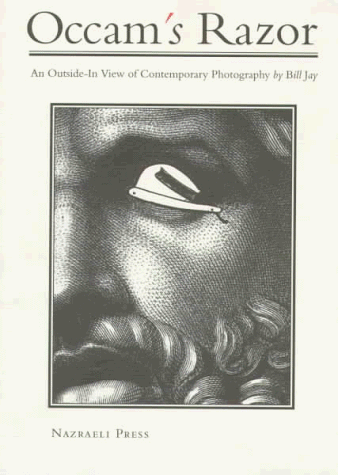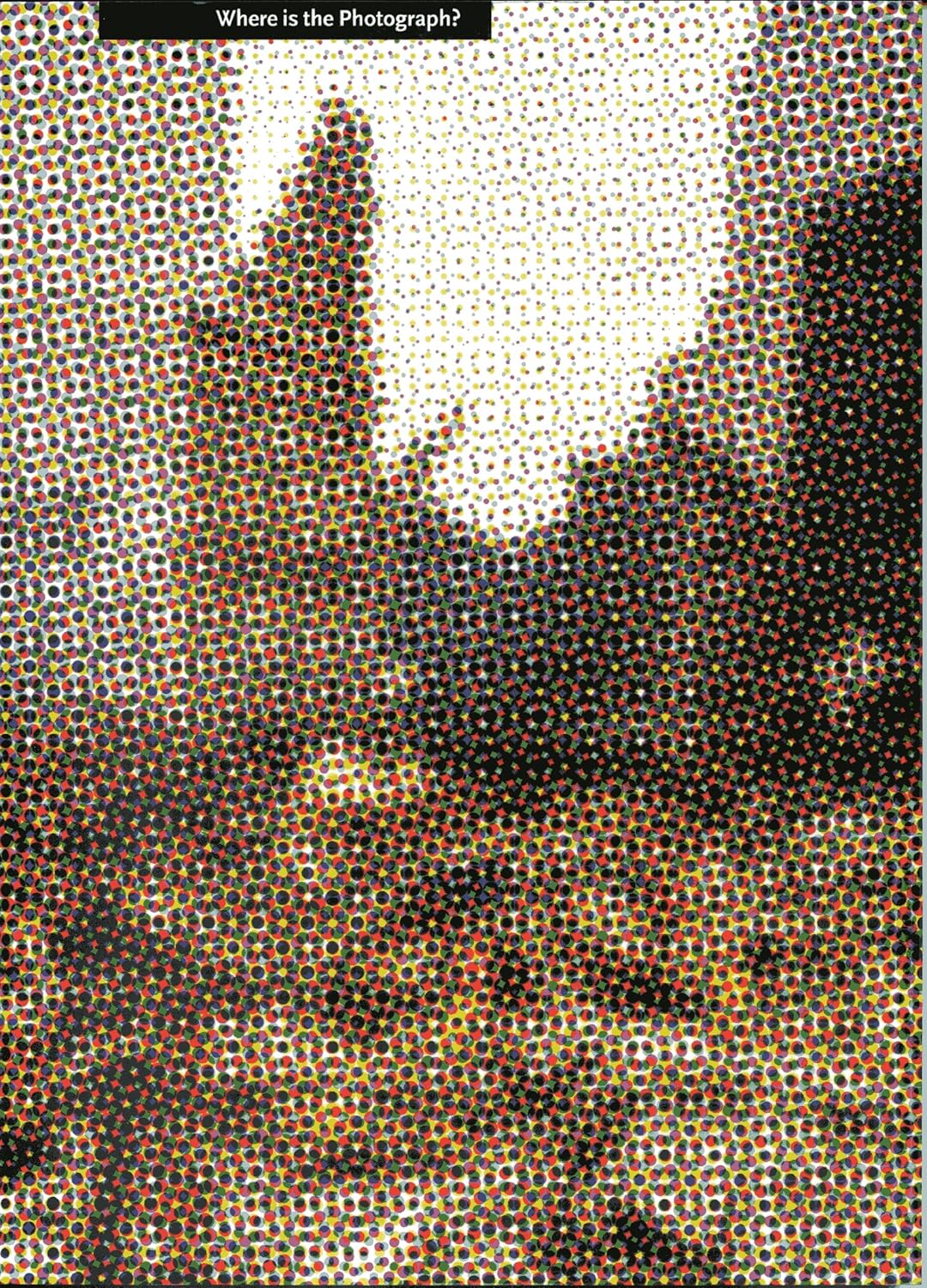Introduction: “Occam’s Razor” by Bill Jay is a collection of essays that explores various aspects of photography from an “outside-in” perspective. The book, published in 1992, offers a critical examination of contemporary photography, delving into its philosophical, artistic, and practical dimensions. Jay, a noted photographer, writer, and historian, uses the principle of Occam’s Razor—preferring simpler explanations over more complex ones—to strip down the complexities of photography and reveal its core truths.
1. The Essence of Photography
Simplicity and Complexity:
- Jay employs the principle of Occam’s Razor to discuss the essence of photography. He argues for simplicity in understanding and creating photographs, suggesting that the core of a powerful image often lies in its straightforwardness and clarity.
- He critiques the tendency to overcomplicate photographic theory and practice, advocating for a return to the basics where the true power of an image resides in its ability to communicate directly and effectively.
Photography as a Universal Language:
- One of Jay’s key themes is the universality of photography. He posits that photographs, like a universal language, can transcend cultural and linguistic barriers, making them a potent medium for communication.
- He explores how the simplicity of visual representation in photography can convey complex ideas and emotions, reaching a broad audience without the need for translation.
2. The Role of the Photographer
The Photographer’s Vision:
- Jay emphasizes the importance of the photographer’s vision and intent in the creation of meaningful images. He discusses how a photographer’s unique perspective and personal experiences shape their work.
- The book delves into the philosophical aspects of what it means to be a photographer, examining the balance between technical skill and artistic vision.
Ethics and Responsibility:
- The ethical responsibilities of photographers are a significant theme. Jay explores the impact of photography on subjects and viewers, discussing the moral considerations involved in capturing and sharing images.
- He stresses the importance of integrity and respect in photographic practice, urging photographers to be mindful of the power they wield and the potential consequences of their work.
3. Photography and Truth
Photographic Truth:
- Jay engages with the concept of photographic truth, questioning the notion that photographs are objective representations of reality. He discusses how context, framing, and manipulation can alter the perceived truth of an image.
- He examines the relationship between photography and reality, suggesting that while photographs can document the world, they are also interpretations shaped by the photographer’s choices.
Manipulation and Authenticity:
- The book addresses the issue of manipulation in photography, from darkroom techniques to digital editing. Jay explores the fine line between enhancing an image and distorting reality.
- He advocates for transparency and honesty in photographic practice, arguing that maintaining authenticity is crucial for preserving the trust of viewers.
4. The Evolution of Photography
Historical Perspective:
- Jay provides a historical overview of photography, tracing its development from its early days to the contemporary era. He discusses key technological advancements and their impact on photographic practice.
- The evolution of photographic styles and movements is examined, highlighting how historical context has shaped the medium.
Digital Revolution:
- The impact of digital technology on photography is a major focus. Jay discusses how digital cameras and editing software have transformed the way images are created, manipulated, and shared.
- He explores the opportunities and challenges presented by digital photography, including issues of accessibility, authenticity, and the democratization of image-making.
5. Photography as Art
Artistic Expression:
- Jay delves into the debate over photography’s status as an art form. He discusses how photography has been accepted into the art world and the criteria by which photographic works are judged as art.
- He examines the artistic potential of photography, emphasizing its capacity for creative expression and its ability to evoke emotional and intellectual responses.
The Role of Criticism:
- The book addresses the role of criticism in photography. Jay explores how critical discourse shapes the perception and valuation of photographic works.
- He discusses the importance of informed and constructive criticism in fostering a deeper understanding and appreciation of photography as an art form.
6. Practical Insights and Anecdotes
Insights from Practice:
- Drawing on his extensive experience, Jay offers practical insights into the craft of photography. He shares tips on composition, lighting, and technique, blending technical advice with philosophical reflections.
- The book includes anecdotes from Jay’s career, providing a personal and relatable dimension to his theoretical discussions.
Influence and Inspiration:
- Jay discusses the photographers and images that have influenced his work, offering a window into his creative process and the sources of his inspiration.
- He emphasizes the importance of studying the work of others, not to imitate, but to learn and develop one’s own unique vision.
Conclusion
“Occam’s Razor” by Bill Jay is a thoughtful and engaging exploration of photography, offering a blend of philosophical musings, practical advice, and critical analysis. By applying the principle of Occam’s Razor, Jay strips away the complexities and pretensions often associated with photographic theory, revealing the essential truths at the heart of the medium. His essays address a wide range of topics, from the role of the photographer and the nature of photographic truth to the impact of digital technology and the status of photography as an art form. Throughout the book, Jay’s deep passion for photography and his commitment to integrity and simplicity shine through, making “Occam’s Razor” a valuable resource for photographers, critics, and anyone interested in the art and craft of photography.
Additional Resources:
For more in-depth reviews and insights, you may refer to the following links:


